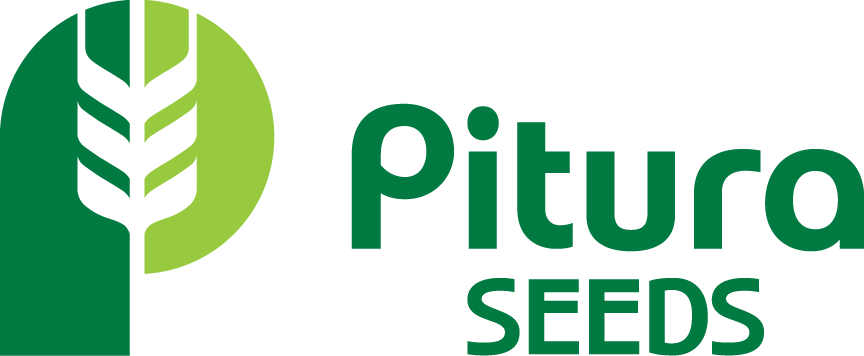Fungicide Trials: Miravis Ace vs Prosaro XTR
Risk of Fusarium Head Blight (FHB) in wheat was high this year as conditions were warm and wet during flowering. This is the stage when wheat is susceptible to FHB. Spores are moved from the soil onto wheat heads through rain and wind, causing sterile seed and decreasing the seed’s ability to fill. This is easy to identify, as the seed will take on a pinkish/orange color. FHB not only decreases yield, but also creates marketing problems through the creation of DON in the seed, a harmful toxin to both humans and livestock.
This year’s high risk gave us the opportunity to try trial two different fungicides on our farm: Miravis Ave and Prosaro XTR. Side by side trials were applied to four of our wheat fields.
Miravis won the trial on Field 20, coming in 2 bushels per acre more than the wheat treated with Prosaro. Prosaro won the rest of the trials by a small margin, with an average of one bushel per acre higher than Miravis. When averaged out we saw no difference in yield between the two products. We also saw no difference in quality between the two products when sampling the wheat, as both equally showed control of FHB, however we did not get results for vomitoxin levels.
The one difference we did see between the two products was the length of time needed between application and harvest. We noticed a stay green affect in the wheat applied with Miravis. In an already shortened season, this made harvesting a challenge. This meant the Miravis had a higher grain loss than the Prosaro, as the combine struggled to thrash the wheat based on the settings the combine was set at. This wouldn’t be a problem when using Miravis on a whole field level, as the combine settings could be adjusted.
While this made it hard to manage losses for this growing season, we still see a fit for both products on the farm in future years as a way to manage harvest timing. Now that we know results of both fungicides, we can plan to use Prosaro on our first to harvest fields, and Miravis on our later fields. This allows us to prepare for the extra dry down time necessary when using Miravis, while also spreading out harvest timing on the farm.
-Beth Ens

